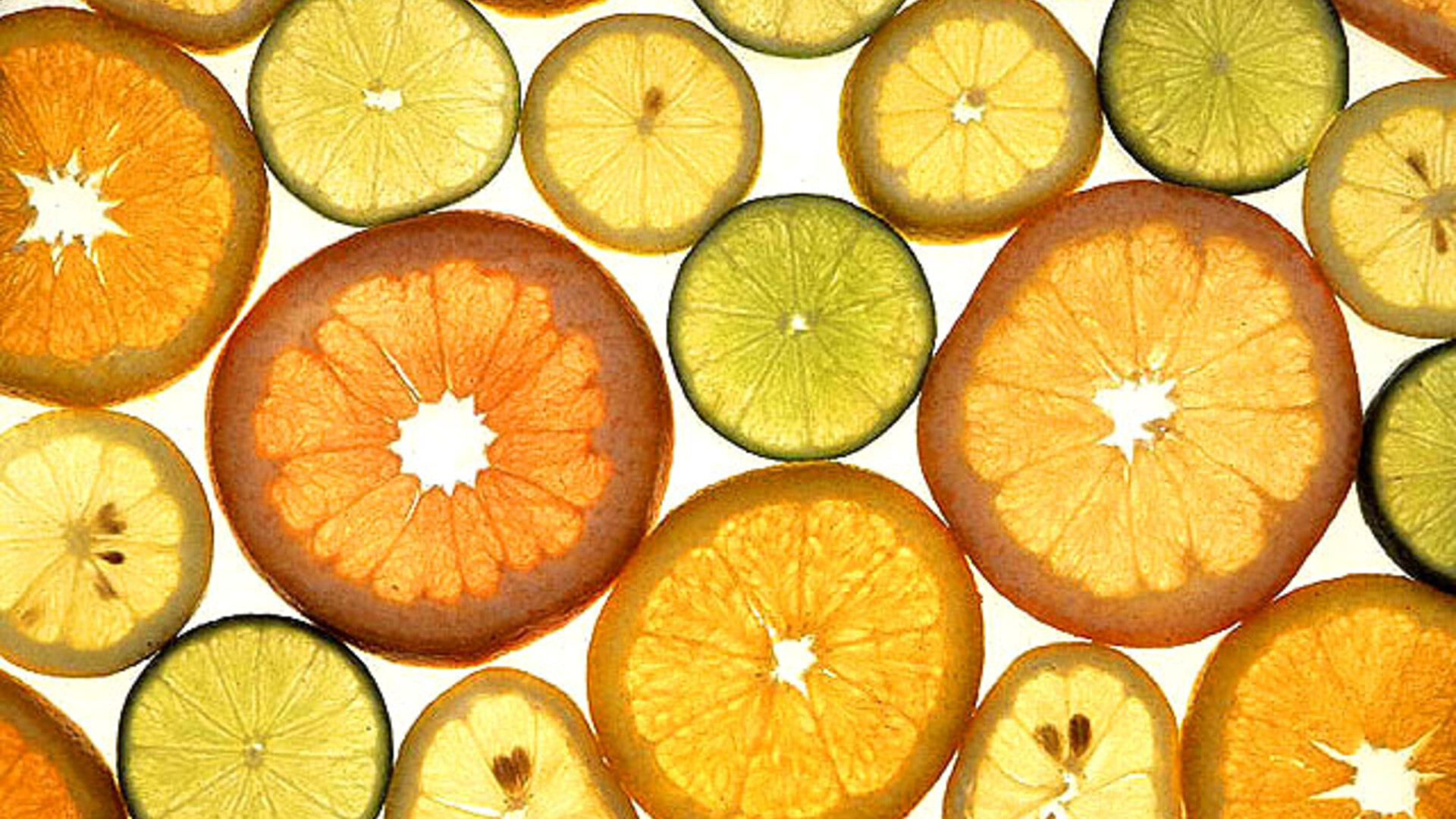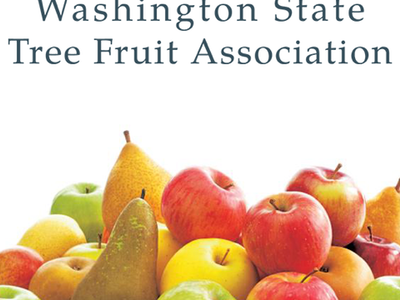Holding Out Hope in the Battle Against Citrus Greening
With your Southeast Regional Ag News, I am Haylie Shipp. This is the Ag Information Network.Florida citrus growers are hungry for new hope — any hope — in the battle against HLB. Hoping to deliver, GrowingProduce.com is now reporting that valuable research has been going on in two experimental groves that could provide something for stakeholders to grow on.
The first experimental citrus grove, the Millennium Block, includes 20 acres of grapefruit, grapefruit-hybrids, oranges, and mandarins. The more than 5,500 trees under study in the Millennium Block are entering fruit-bearing years. As the trees mature, they reveal differences in trunk size and foliage. Some trees hold a substantial amount of fruit. Other trees produce low or no fruit.
The second citrus experimental project is called “The MAC Project,” or the USDA Multi-Agency Coordination Project. The MAC project involves 42 blocks evaluating seven grapefruit varieties grown on six different rootstocks. Planted in 2019, the MAC Project groves include plantings managed by 16 commercial growers on their lands across the state.
While some of the data is promising, researchers say they need more time before they can officially bring the details to growers. For a link to the full story, visit www.GrowingProduce.com.

















